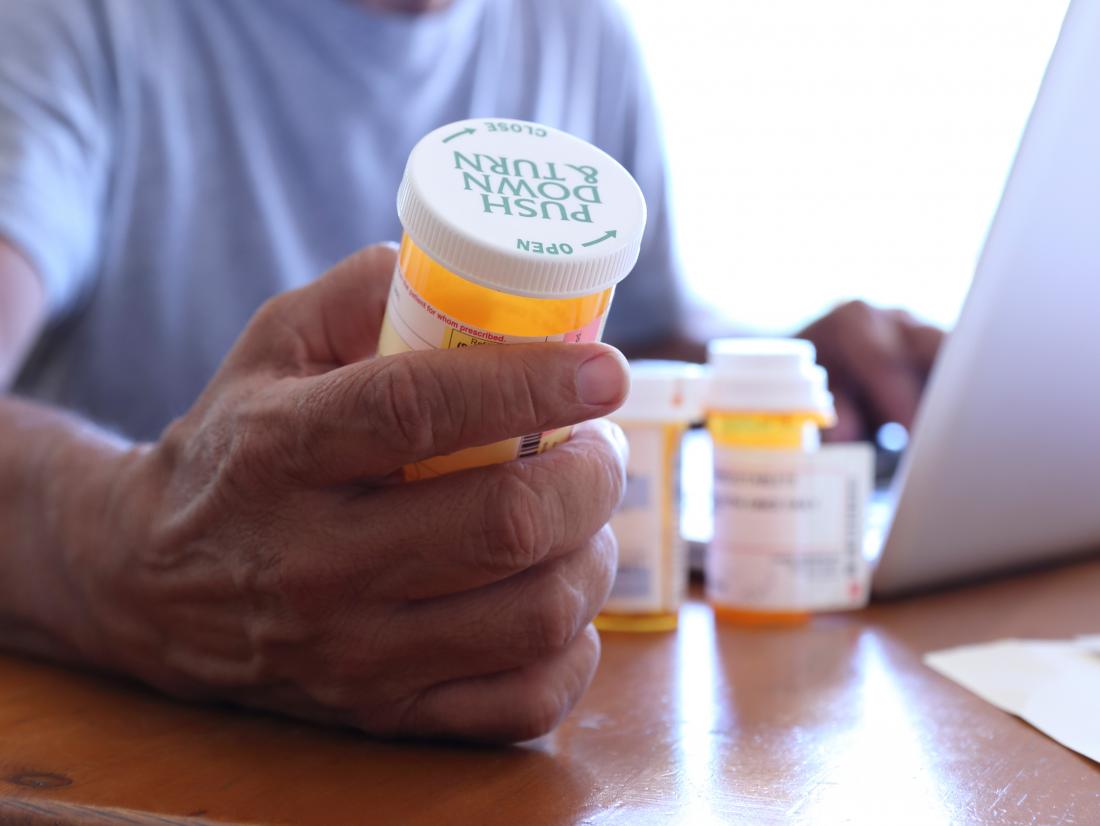Assessment Of Xanax And Vodka With Its Specification

Painkiller effects are shared by xanax and vodka. This indicates they have the potential to produce weariness, sleepiness, or impairment. Taking either of these might make you tired. Both drugs have an effect on your muscles. Muscle control, coordination, and balance may be hampered as a result. You may tumble while walking or speak slurredly.
When xanax and vodka are combined, the sedative effects become stronger. Alcohol also has a number of effects on mood. Even though it is a depressive, it provides a transient mood lift for some people. Others may have undesirable side effects such as melancholy. In addition, alcohol decreases inhibitions and affects judgement. This allows you to do things you wouldn’t otherwise do.
All xanax and vodka have been linked to memory loss. When the two chemicals are mixed, the effect is amplified. When you combine the two drugs, you enhance your chances of having a blackout. In other words, if you combine Xanax and alcohol, you could forget what happened. Xanax has also been linked to gastrointestinal symptoms such as nausea, vomiting, and diarrhoea.
Too much alcohol can also cause headaches, impaired vision, and stomach problems. When you combine the two drugs, you enhance your chances of having physical negative effects. Long-term Xanax and alcohol usage has been linked to the development of both physical and psychological dependency.
This implies that your body becomes accustomed to both chemicals and need both in order to operate without feeling withdrawal symptoms. Anxiety, anger, and other withdrawal symptoms may occur.
Recommendations for Xanax for panic disorder might range between 1 and 10 mg per day. Dosages differ based on the individual and the kind of Xanax used .Even if you’ve been taking Xanax for a long without incident, mixing medication with alcohol might result in unexpected adverse effects.
